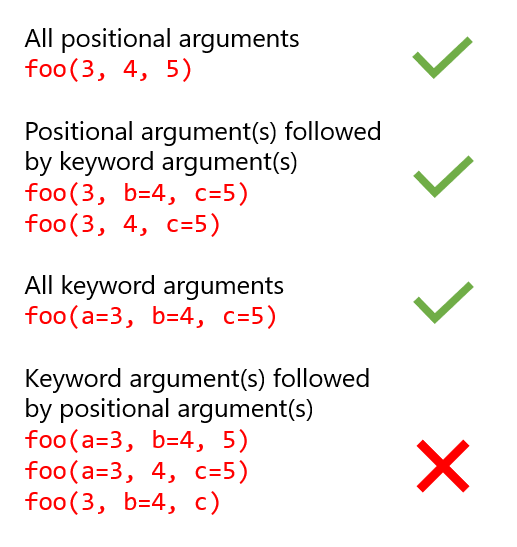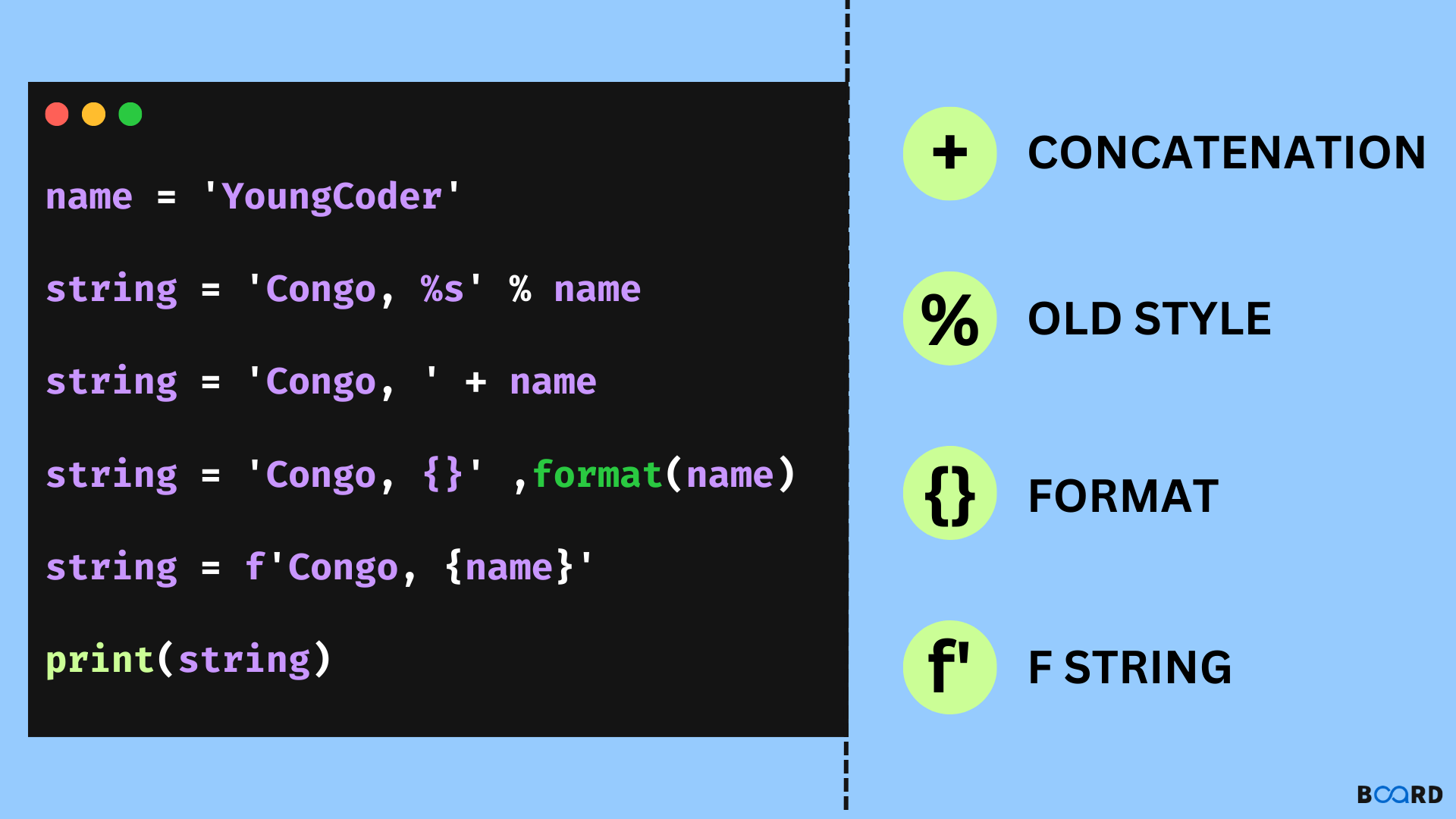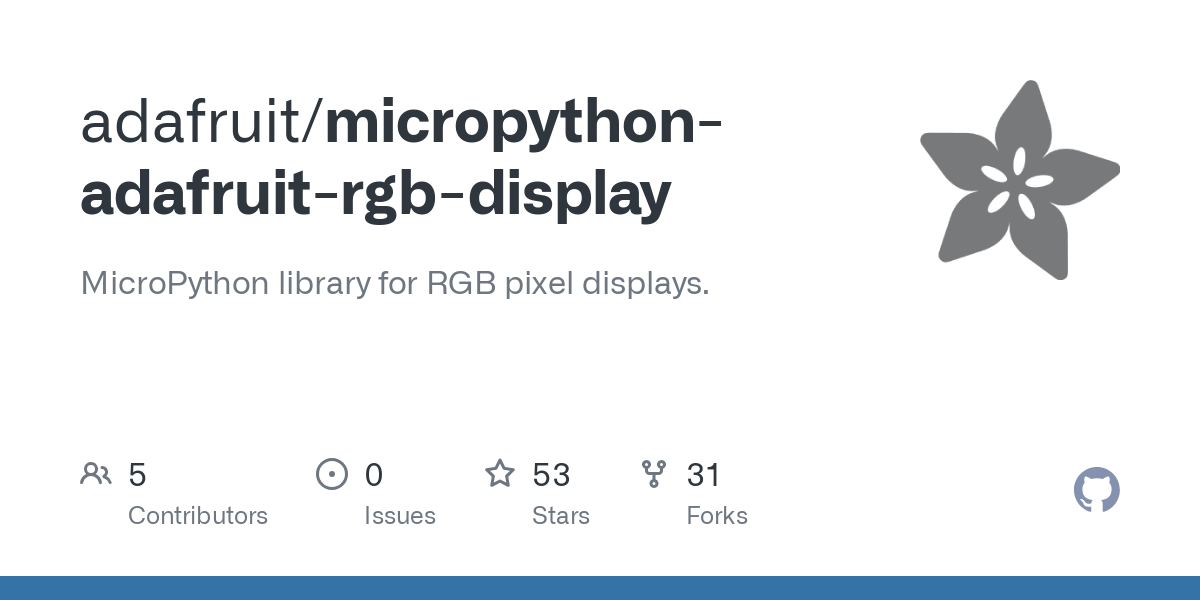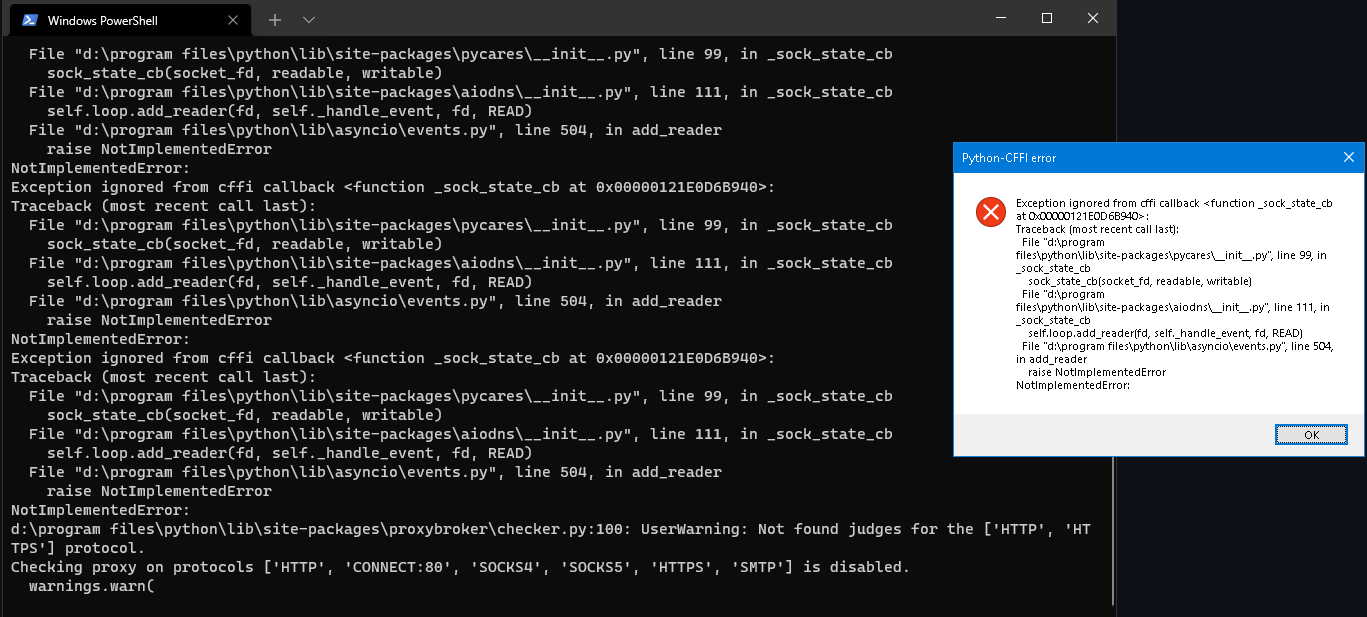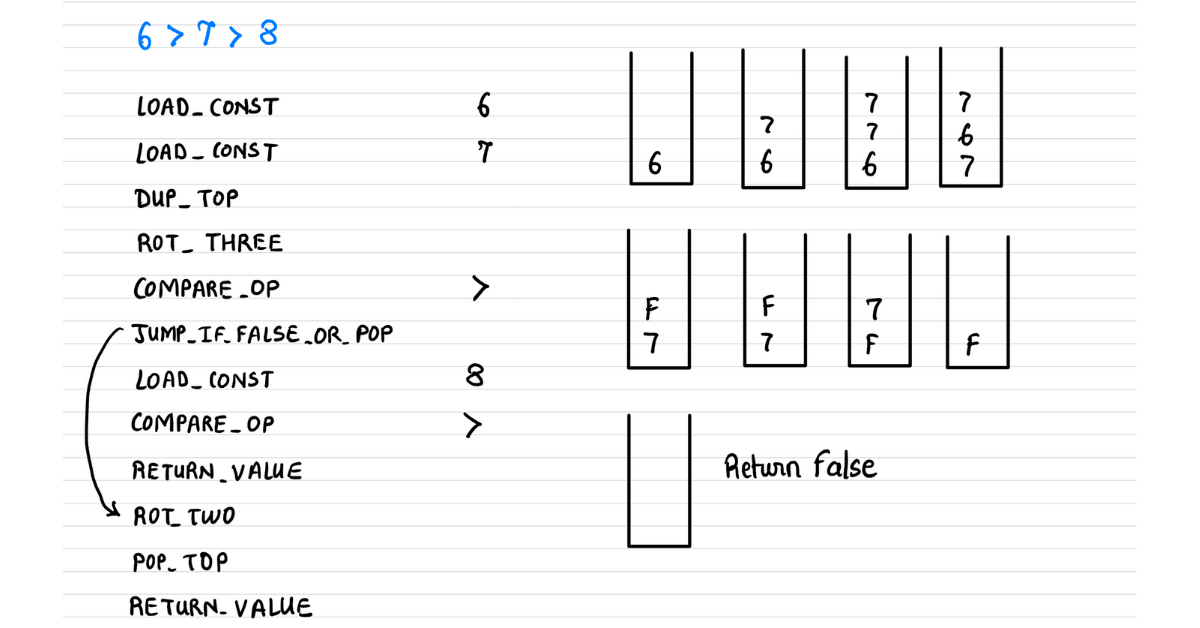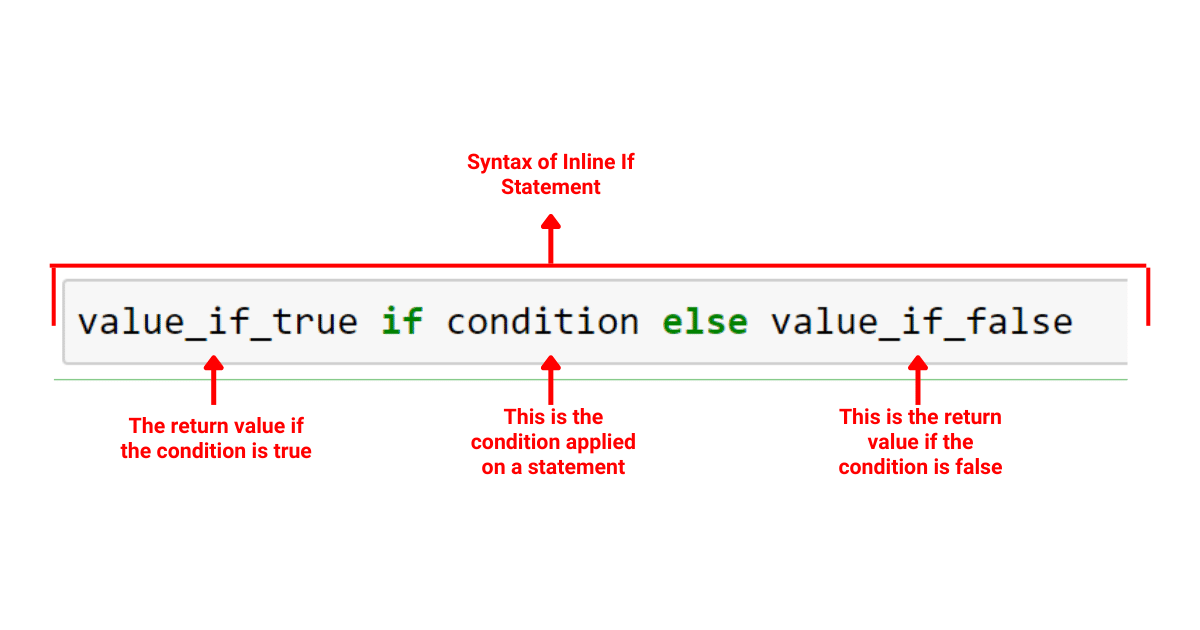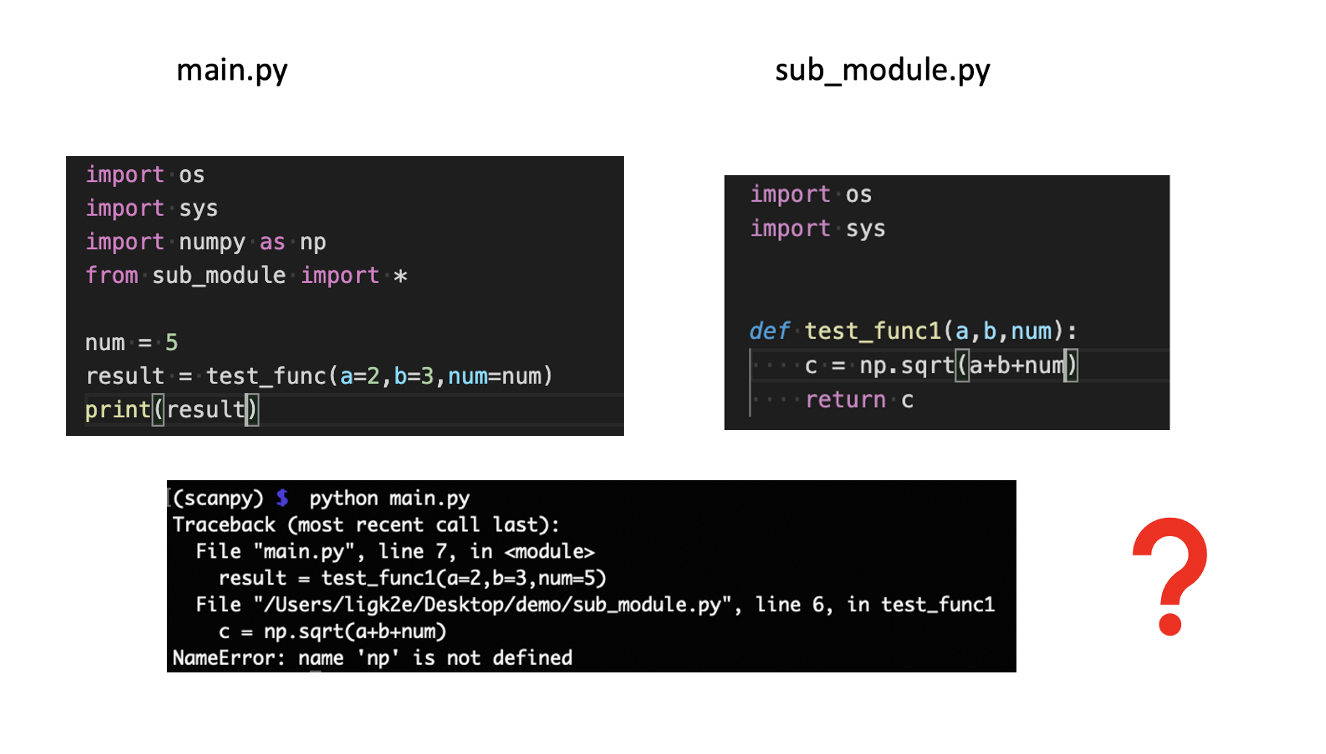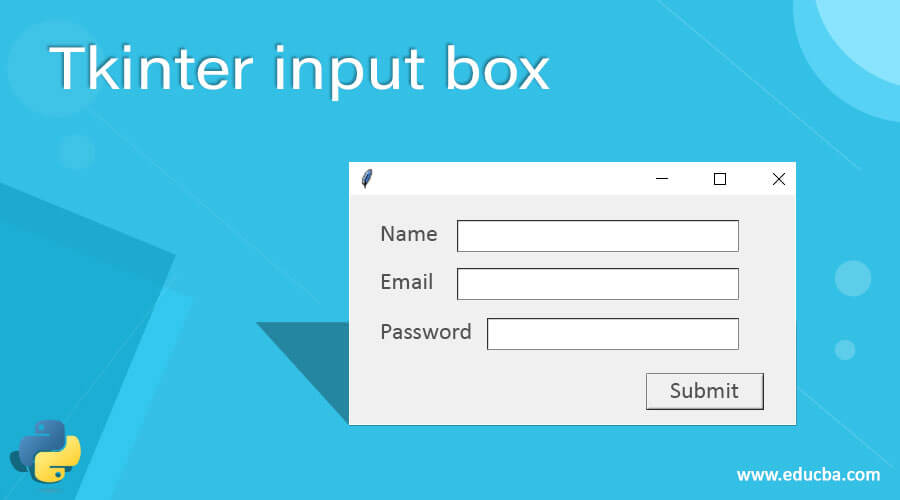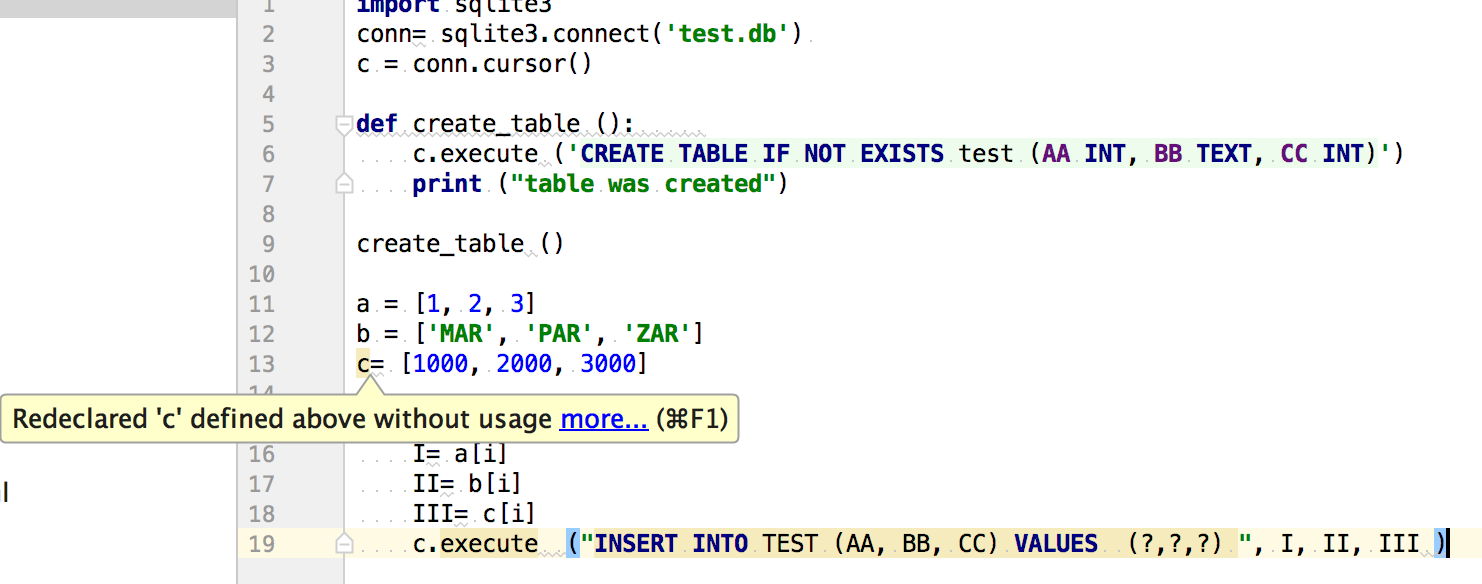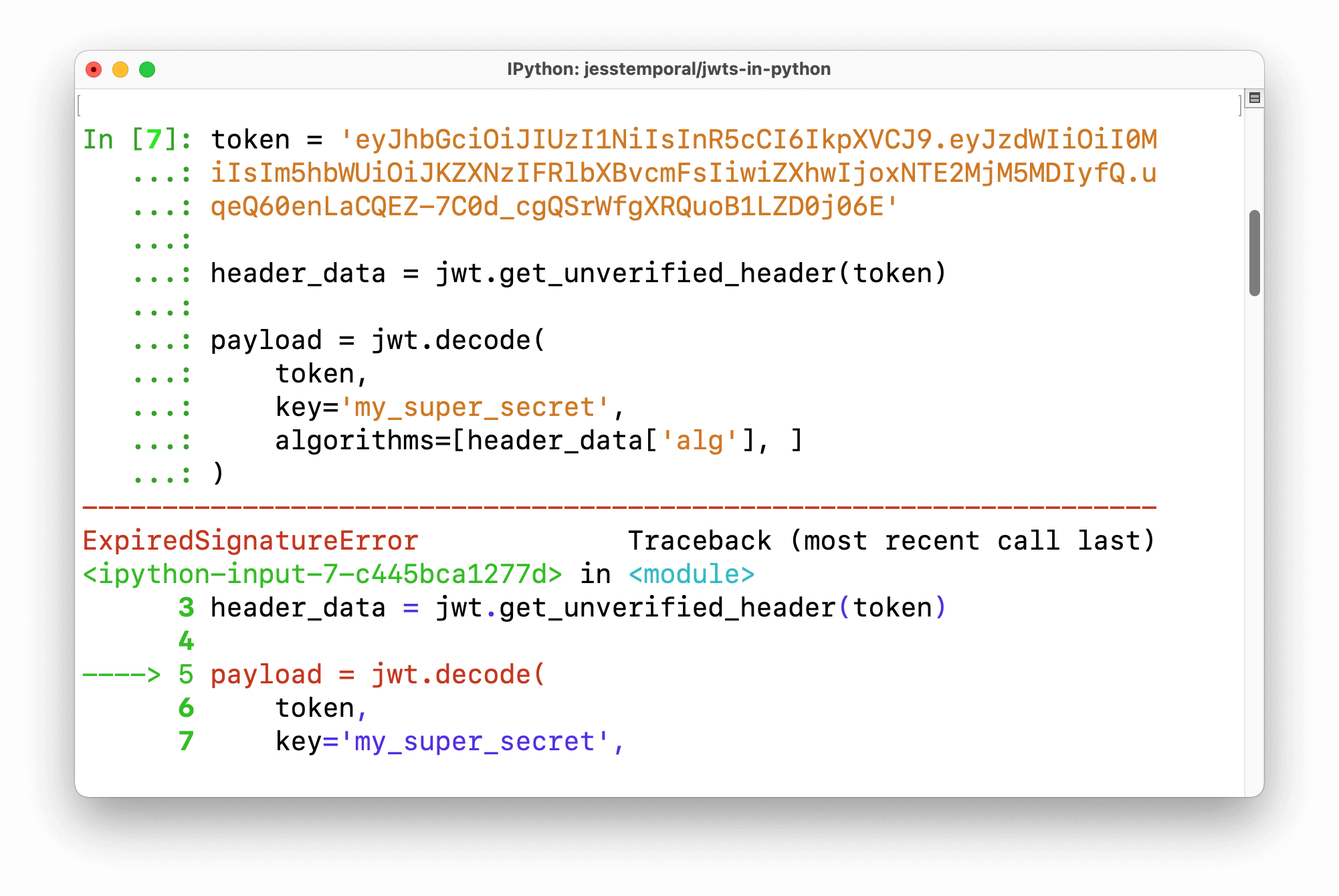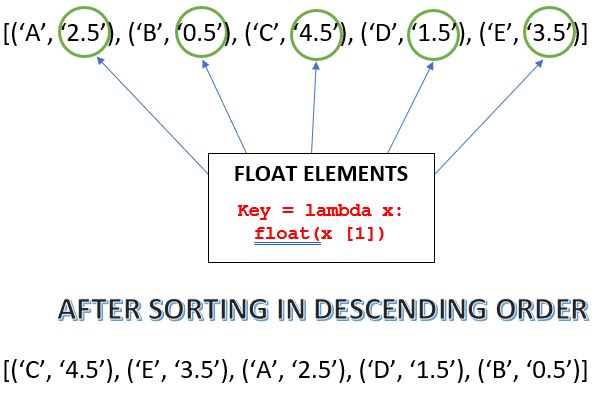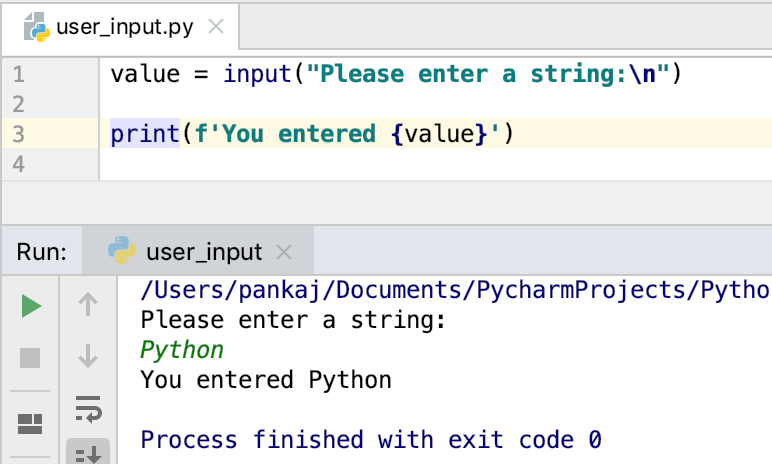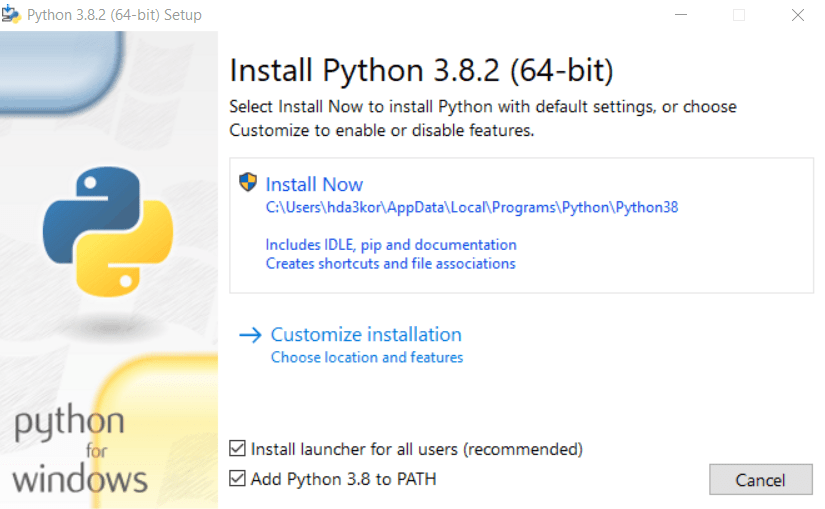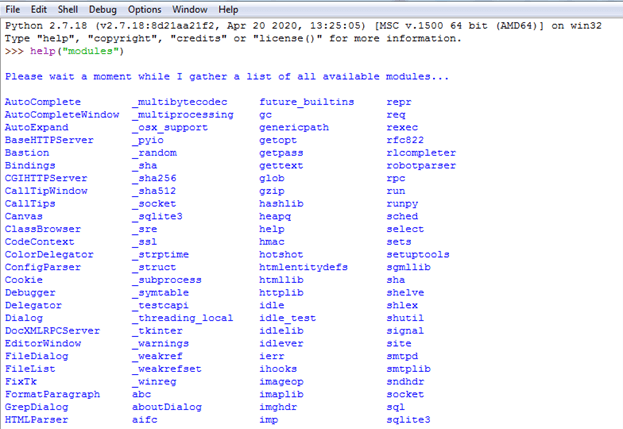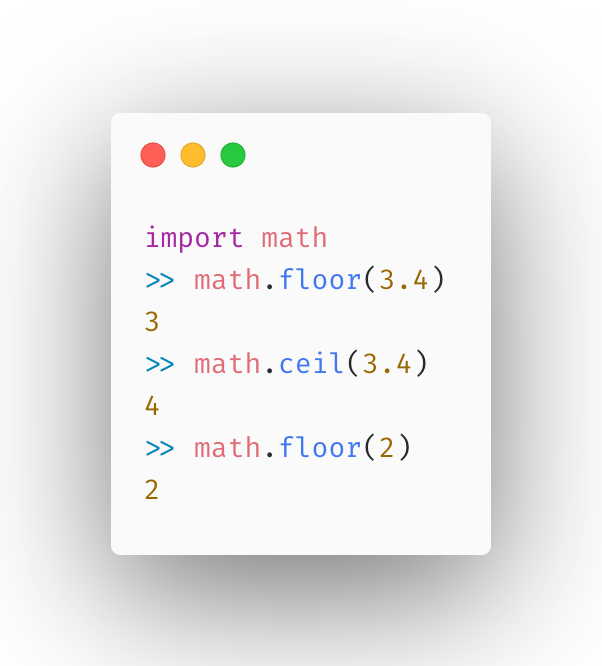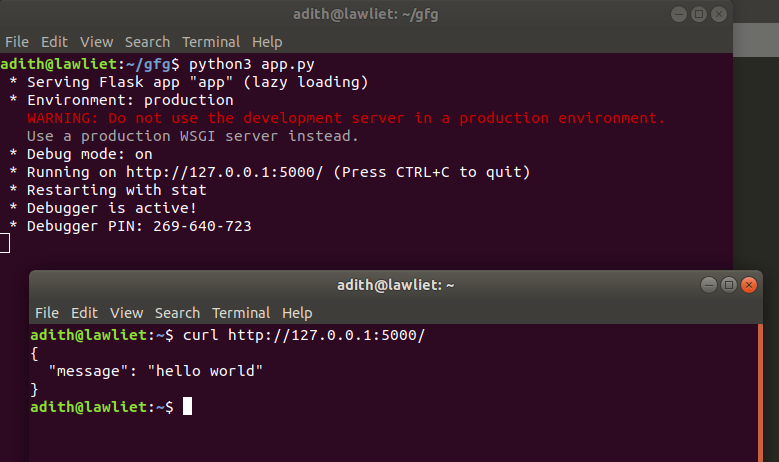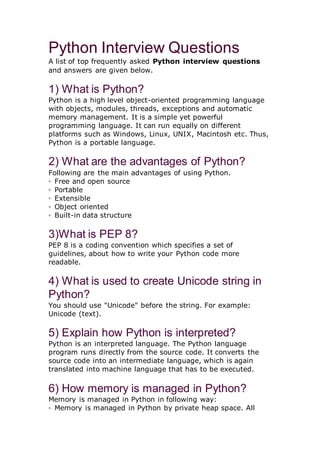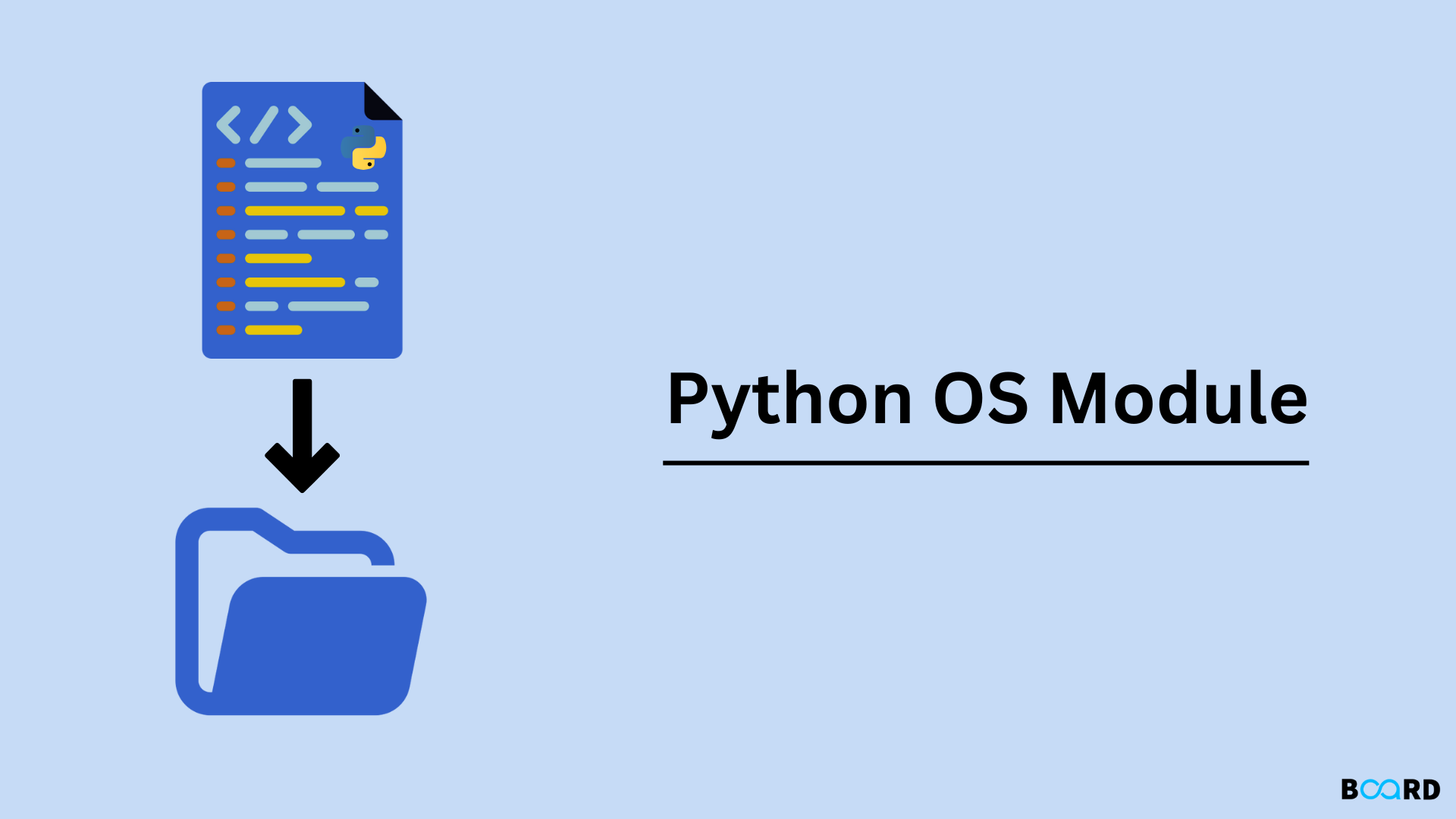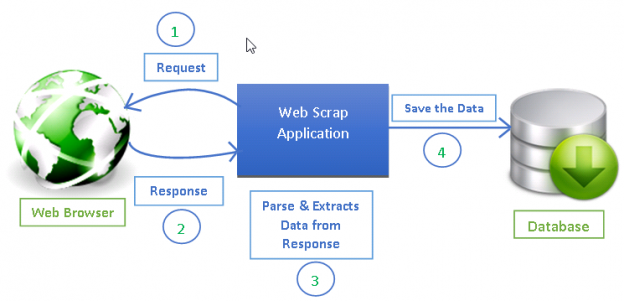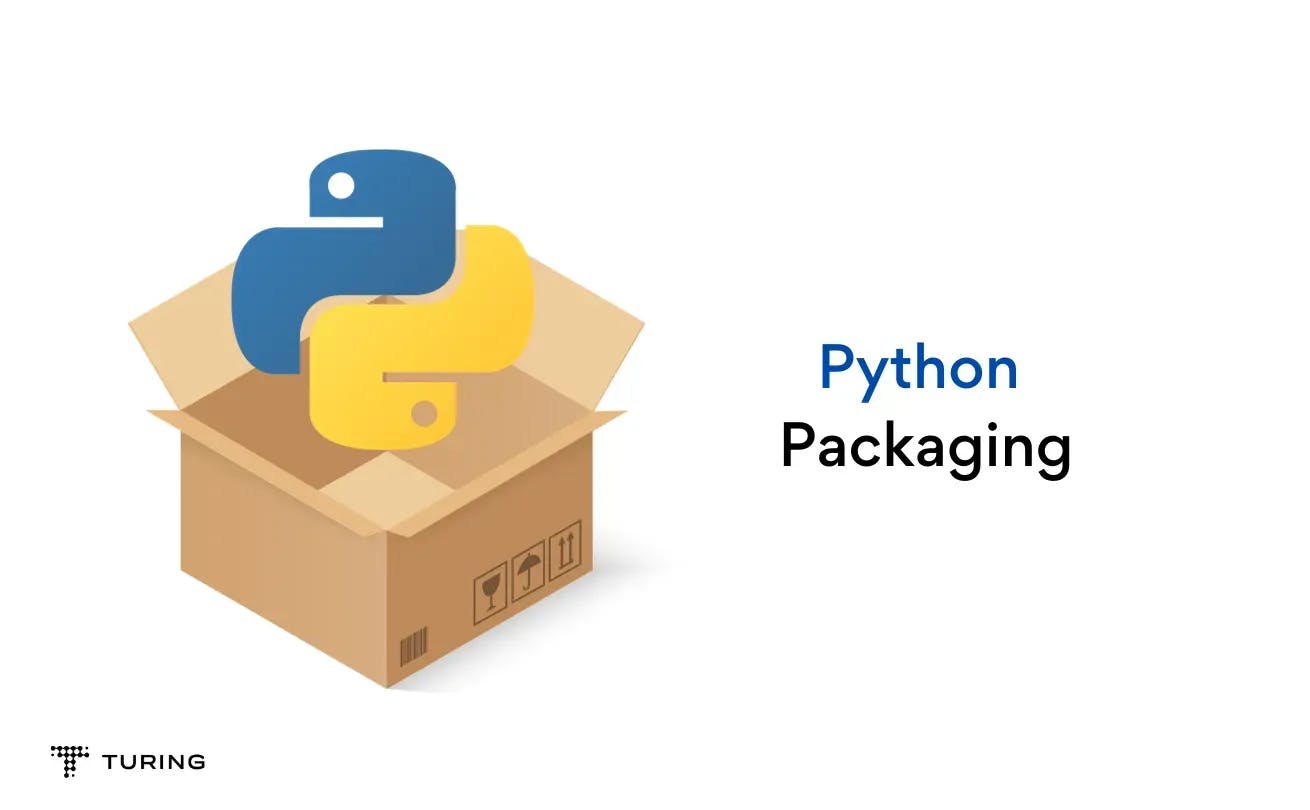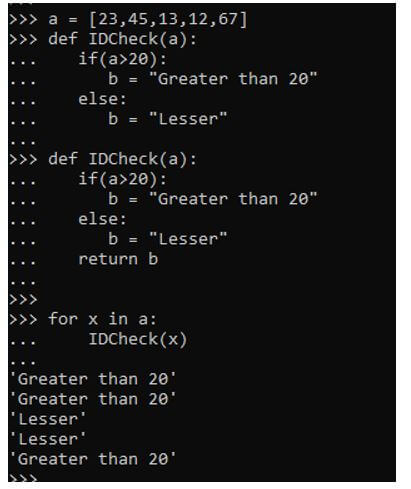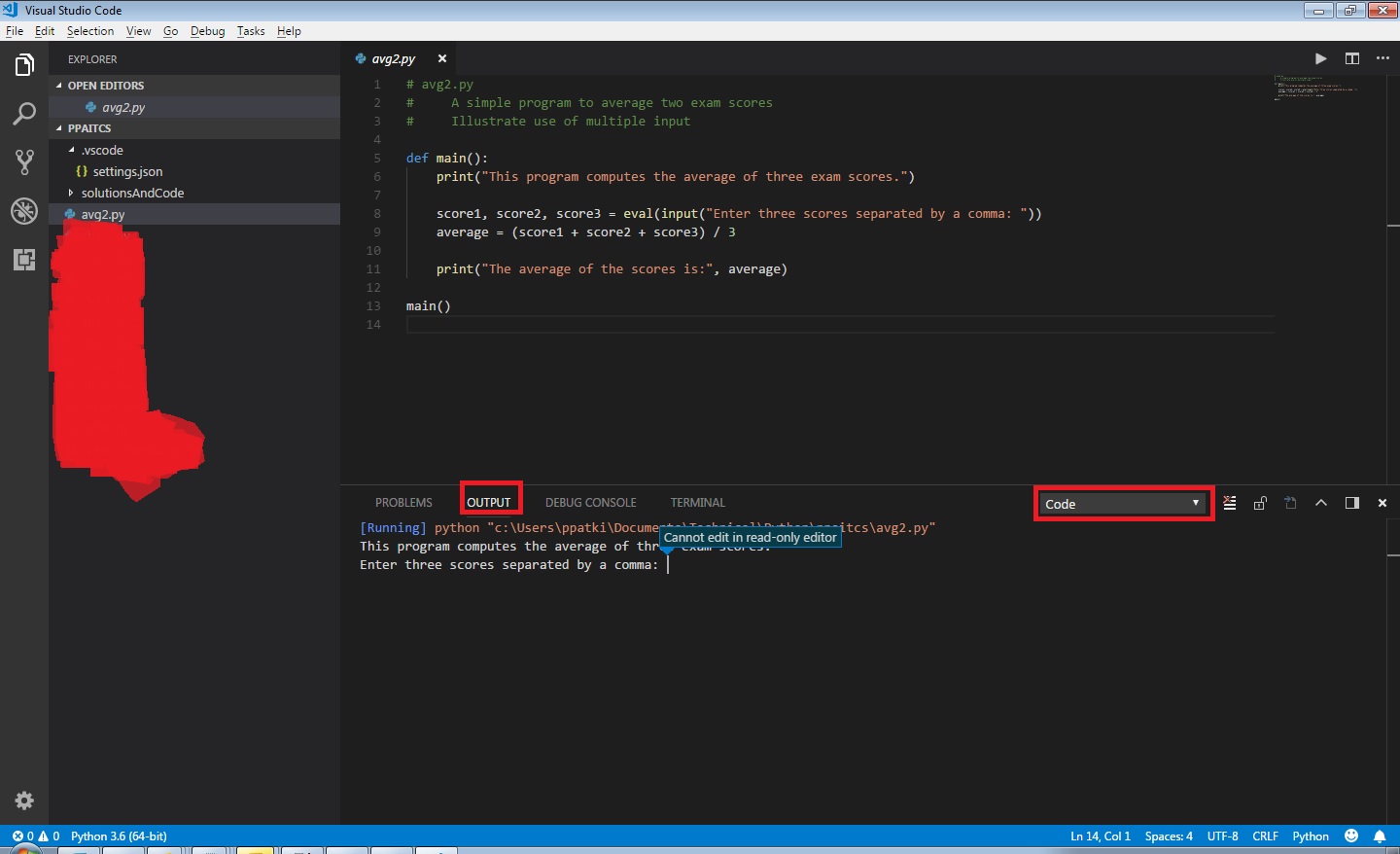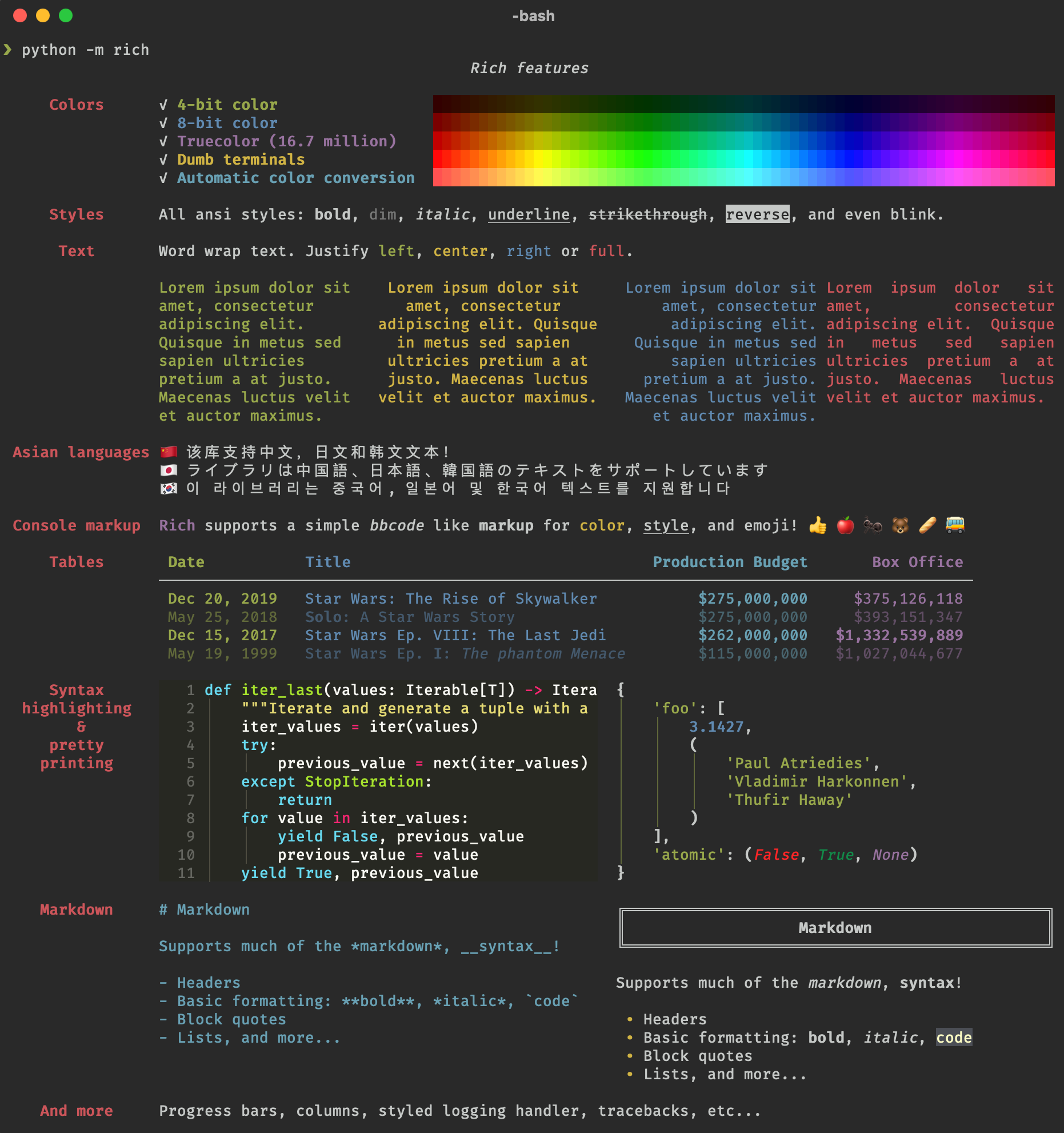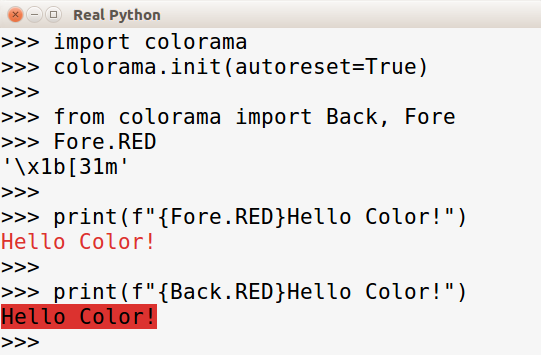What is the difference between if-else and Elif in Python?
What is the difference between if-else and Elif in Python?
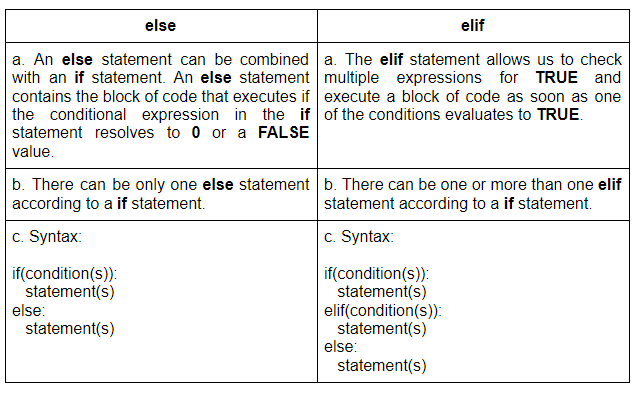
I'm glad you asked! However, I must clarify that there seems to be some confusion. There is no such thing as "Elif" in Python. The correct term is actually "elif".

Now, let's dive into the difference between if and elif in Python:
If Statement
The if statement in Python is used to execute a block of code if a certain condition is true. It takes two parts: the condition (the "if" part) and the code that should be executed when the condition is true.
Here's an example:
x = 5if x > 10:
print("x is greater than 10")
In this example, since x is not greater than 10, the code inside the if block will not be executed.
Elif (Else-If)
Now, let's talk about elif. The elif statement in Python is used to specify an alternative condition if the original condition (if) is false. It's a shorthand way to check multiple conditions without nesting them inside each other. Think of it as an "else" clause for your previous "if" clause.
Here's an example:
x = 5if x > 10:
print("x is greater than 10")
elif x == 5:
print("x is equal to 5")
In this example, since x is not greater than 10 (initial condition), Python will check the second condition (x == 5). If that's true, it will execute the code inside the elif block.
Key Differences
So, what are the main differences between if and elif in Python?
if statement is to execute a block of code if a specific condition is met. An elif statement is used to specify alternative conditions if the original condition is false. Number of Conditions: You can have multiple elif clauses, but you can only have one initial if condition. Nesting: If-else statements (with a single else) are typically used for simple "true/false" type conditions. When you need to check multiple conditions or scenarios, that's when you would use the if-elif-else chain.
To summarize:
Useif for a single condition that determines whether code should be executed. Use elif (or else if) to specify alternative conditions in case the initial condition is false. You can have multiple elif clauses, but only one initial if.
I hope this clears up any confusion, and you now better understand the differences between if-else and elif in Python!
Can we use if and elif without else in Python?
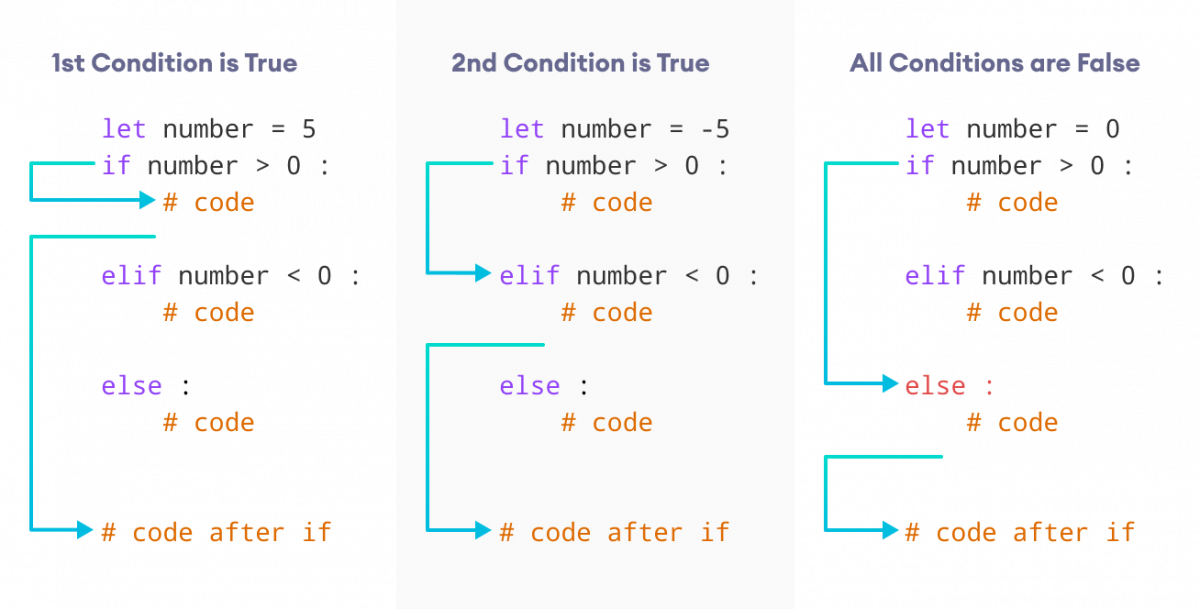
The question of the day!
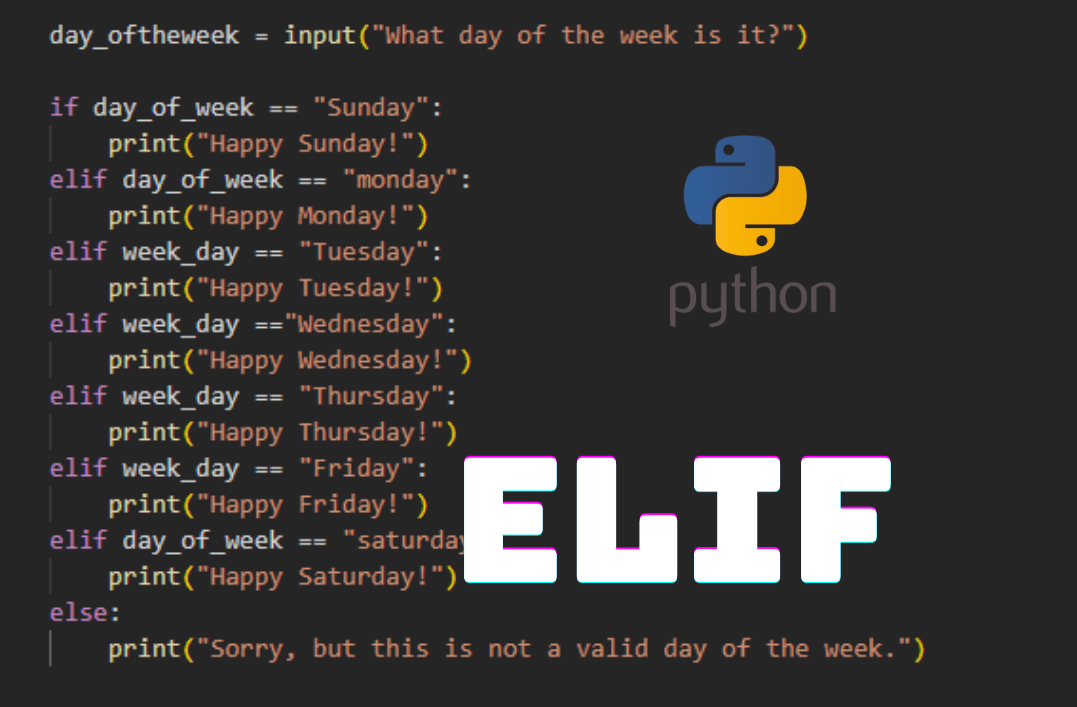
In Python, you can definitely use if statements with elif clauses without an else clause. In fact, it's a common and perfectly valid way to structure your conditional logic.
To understand why this is possible, let's take a step back and look at how if-elif-else statements work in Python:
if statement checks a condition and executes the code inside the block if the condition is True. If the condition is False, Python looks for an elif clause that matches the current situation. If no elif clause matches, Python skips to the next statement after the if-elif-else block.
Now, let's say you want to use if and elif without an else. You can do this by simply omitting the else clause:
def check_condition(x):
if x > 5:
print("x is greater than 5")
elif x == 5:
print("x is equal to 5")
No else clause here!
In this example, when you call check_condition(4), Python will execute the first two conditions (i.e., if and elif) but since neither matches (x is not greater than 5 nor equal to 5), it simply skips to the next statement after the function.
This might seem counterintuitive at first, but remember that else is optional in Python's if-elif-else statements. If you don't need an else clause, just omit it!
Some important notes:
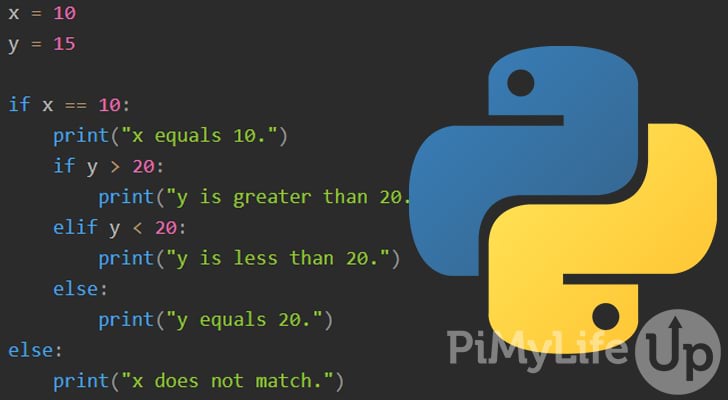
if-elif without an else, be careful not to forget a crucial condition or accidentally skip over important logic. In some cases, using if-elif with an else can make your code more readable and easier to maintain.
In summary, yes, you can definitely use if statements with elif clauses without an else in Python. Just remember that if a condition doesn't match, Python will simply move on to the next statement, so be mindful of your logic flow!
